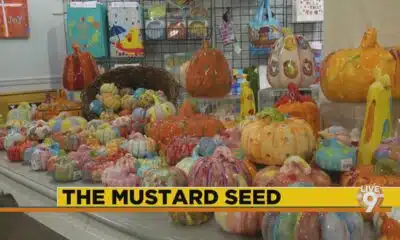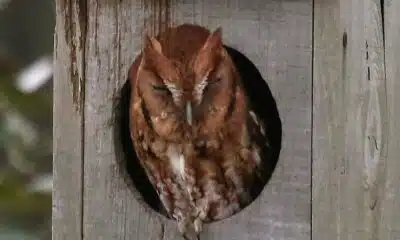Our Mississippi Home
The History of the Po-Boy
SUMMARY: Coastal cuisine is often associated with dishes like gumbo, jambalaya, and fried seafood platters, but the fried oyster po-boy stands out as a favorite for many. A “dressed and pressed” po-boy includes tomatoes, pickles, and lettuce, with the sandwich compacted and warmed. While fried shrimp po-boys are the most popular, options like fried oysters and pot roast beef po-boys are also beloved. The po-boy tradition has deep roots, dating back centuries, with local lore highlighting its origins during a New Orleans streetcar strike. Notable spots to try po-boys include Desporte’s and Po-Boy Express. Enjoy!
The post The History of the Po-Boy appeared first on ourmshome.com
Our Mississippi Home
The Sound of the South: Mississippi’s Songbook
SUMMARY: Mississippi is central to America’s musical heritage, originating the blues and shaping gospel, soul, country, rock, and hip-hop. Legends like Robert Johnson, B.B. King, Faith Hill, and contemporary artists reflect Mississippi’s influence across genres. Songs inspired by the state explore its towns, people, struggles, and the Mississippi River, celebrating its rich and complex history. From Delta blues classics to Southern rock, country, pop, and rap, Mississippi remains the heartbeat of American music. The state is rightly known as “The Birthplace of America’s Music,” with hundreds of songs echoing its enduring cultural and musical legacy.
The post The Sound of the South: Mississippi’s Songbook appeared first on ourmshome.com
Our Mississippi Home
A Sanctuary in Goodman: The Magic of the Public Library
SUMMARY: In Goodman, Mississippi, the small library housed in a former church transformed under Rachel Floyd’s leadership since 2021. Despite the town’s high poverty and limited opportunities, the library has become a vibrant sanctuary for children. Its unique features, like a spiral staircase leading to a kids’ area and displays of local art, create a welcoming, lively environment. Rachel’s dedication to diverse programs—storytimes, crafts, STEAM clubs—boosted book checkouts from 83 to 823 over three years. More than a library, it is a community hub where children feel valued, inspired, and free to explore, learn, and grow.
The post A Sanctuary in Goodman: The Magic of the Public Library appeared first on ourmshome.com
Our Mississippi Home
Family of Curious George Creators to Visit de Grummond in Hattiesburg
SUMMARY:
The de Grummond Children’s Literature Collection at The University of Southern Mississippi houses the papers of H.A. and Margret Rey, creators of Curious George. From October 23-28, the Rey family visits Hattiesburg for a reunion celebrating their legacy with exhibitions, children’s activities, a musical, and a documentary screening. The Curious George: Original Works on Paper exhibit features rare Rey materials, including original art and letters. The collection, founded by Dr. Lena de Grummond, holds manuscripts of over 1,400 authors and illustrators. The Reys created Curious George during their 1940 flight from France, later publishing the beloved series in New York.
The post Family of Curious George Creators to Visit de Grummond in Hattiesburg appeared first on ourmshome.com
-
News from the South - North Carolina News Feed6 days ago
What we know about Charlie Kirk shooting suspect, how he was caught
-
Local News7 days ago
Russian drone incursion in Poland prompts NATO leaders to take stock of bigger threats
-
News from the South - North Carolina News Feed6 days ago
Federal hate crime charge sought in Charlotte stabbing | North Carolina
-
Local News Video7 days ago
Introducing our WXXV Student Athlete of the Week, St. Patrick’s Parker Talley!
-
The Center Square7 days ago
Weapon recovered as manhunt continues in Kirk assassination investigation | National
-
Our Mississippi Home5 days ago
Screech Owls – Small but Cute
-
News from the South - Arkansas News Feed6 days ago
NW Arkansas Championship expected to bring money to Rogers
-
News from the South - Tennessee News Feed7 days ago
Middle Tennessee State University dean filed over Kirk comments | Tennessee












































